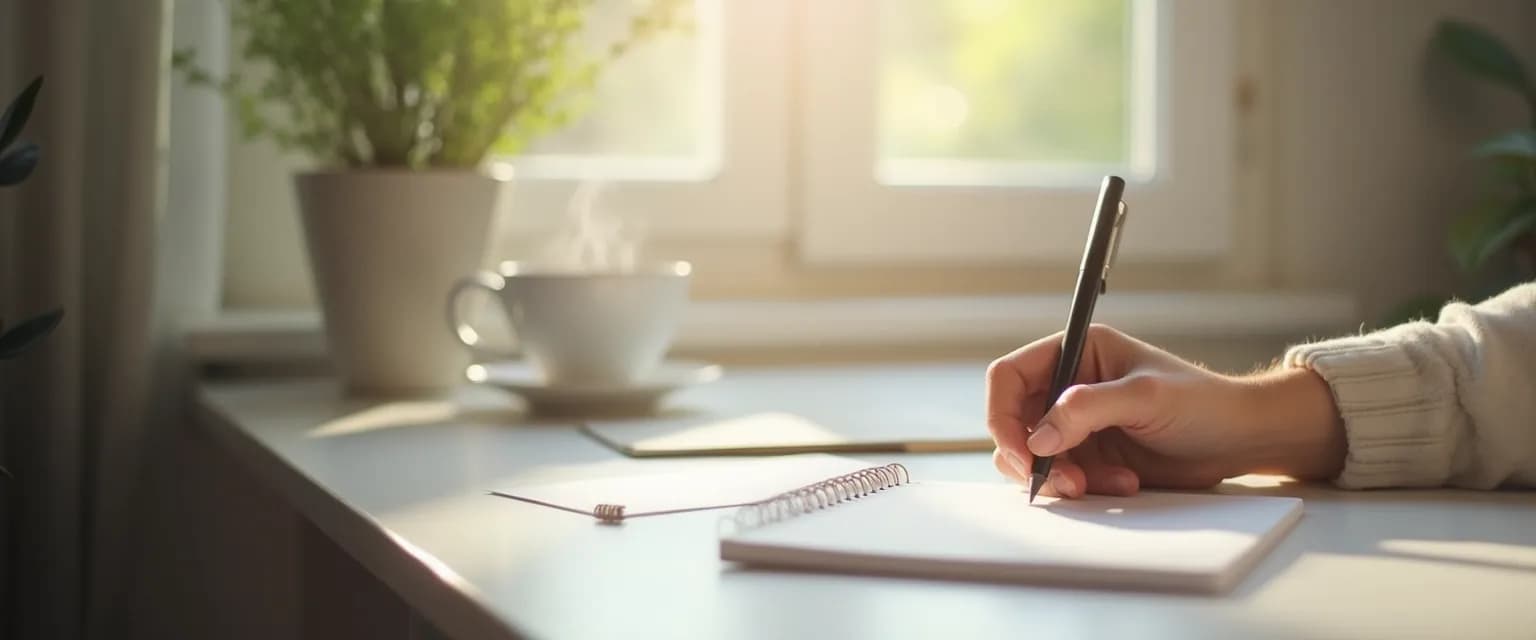5 Simple Ways To Declutter Your Mind Without Meditation | Mindfulness
Ever feel like your mind is a browser with 37 tabs open simultaneously? That mental clutter—the swirling thoughts, worries, and endless to-dos—can make focusing on anything nearly impossible. While meditation is often touted as the go-to solution to declutter the mind, it's not everyone's cup of tea. Some find sitting still more anxiety-inducing than calming, while others simply don't connect with traditional mindfulness practices. The good news? There are plenty of effective ways to declutter the mind without ever sitting cross-legged on a cushion.
Science confirms that mental decluttering significantly improves emotional regulation, decision-making, and overall well-being. When we declutter the mind, we create space for clearer thinking and reduce the cognitive load that drains our mental energy. The key is finding techniques that work with your natural tendencies rather than against them. Let's explore practical alternatives that provide the benefits of meditation without the meditation itself.
Whether you're seeking immediate relief from thought overload or establishing daily habits to maintain mental clarity, these science-backed approaches will help you manage stress effectively and declutter the mind without forcing yourself into meditation practices that don't resonate with you.
Physical Activities That Declutter the Mind Effectively
Movement creates mental space almost magically. When we engage our bodies, the mind often quiets down naturally, making physical activity one of the most accessible ways to declutter the mind. Unlike meditation, which asks you to directly confront your thoughts, movement gives your brain something else to focus on.
Try a 10-minute "declutter walk" where you focus exclusively on your surroundings. Notice five things you can see, four things you can hear, three things you can feel, two things you can smell, and one thing you can taste. This sensory engagement technique effectively interrupts thought patterns that contribute to mental clutter.
Breathwork offers another powerful approach to declutter the mind without meditation. The 4-7-8 technique (inhale for 4 counts, hold for 7, exhale for 8) activates your parasympathetic nervous system, creating immediate mental space. Even 60 seconds of intentional breathing can significantly reduce thought noise and decrease anxiety levels.
Simple body-focused exercises like shoulder rolls, gentle stretching, or even just standing up and shaking out your limbs for 30 seconds can create a physical reset that translates to mental clarity. These movement breaks are especially effective when you feel thought overload building during work or study sessions.
Creative Expression Techniques to Declutter Your Mind
Creative activities naturally quiet mental noise because they engage different neural pathways than analytical thinking. The "brain dump" technique involves spending five minutes writing down every thought in your head without judgment or organization. This simple act of externalization helps declutter the mind by removing the burden of remembering and processing everything internally.
Doodling, often dismissed as distraction, actually helps declutter the mind by providing just enough focus to prevent mind-wandering while leaving cognitive resources available for processing information. You don't need artistic skill—simple shapes, patterns, or even mindless scribbling works effectively.
Sound approaches offer another pathway to declutter the mind. Creating a "mental reset" playlist with songs that shift your emotional state can work wonders. Even humming or making simple vocal tones engages your vagus nerve, which helps regulate your nervous system and build emotional resilience.
Environmental Changes That Help Declutter Your Mind Daily
Your physical environment directly impacts your mental state. Cluttered spaces create cluttered thinking, while organized environments promote clearer cognition. Even small tidying actions—like organizing your desk or clearing your digital desktop—signal to your brain that it's time to declutter the mind as well.
Creating designated "thinking spaces" helps contain thought processes. This might be a specific chair, corner, or even position that you use exclusively for problem-solving or decision-making. This environmental cue helps your brain compartmentalize thoughts rather than letting them intrude throughout your day.
Digital environment modifications powerfully declutter the mind in our hyper-connected world. Try a "notification detox" by turning off all non-essential alerts for even just one hour. This simple boundary creates mental space that most people find surprisingly refreshing.
Quick environmental shifts like changing lighting, opening a window, or using a specific scent can signal your brain to reset. These sensory changes help declutter the mind by interrupting established thought patterns and creating a fresh mental starting point.
Remember, the best techniques to declutter the mind are the ones you'll actually use consistently. Experiment with these non-meditation approaches to discover which methods help you achieve mental clarity most effectively. The goal isn't perfect stillness but creating enough mental space to think clearly, feel centered, and engage fully with what matters most to you.




